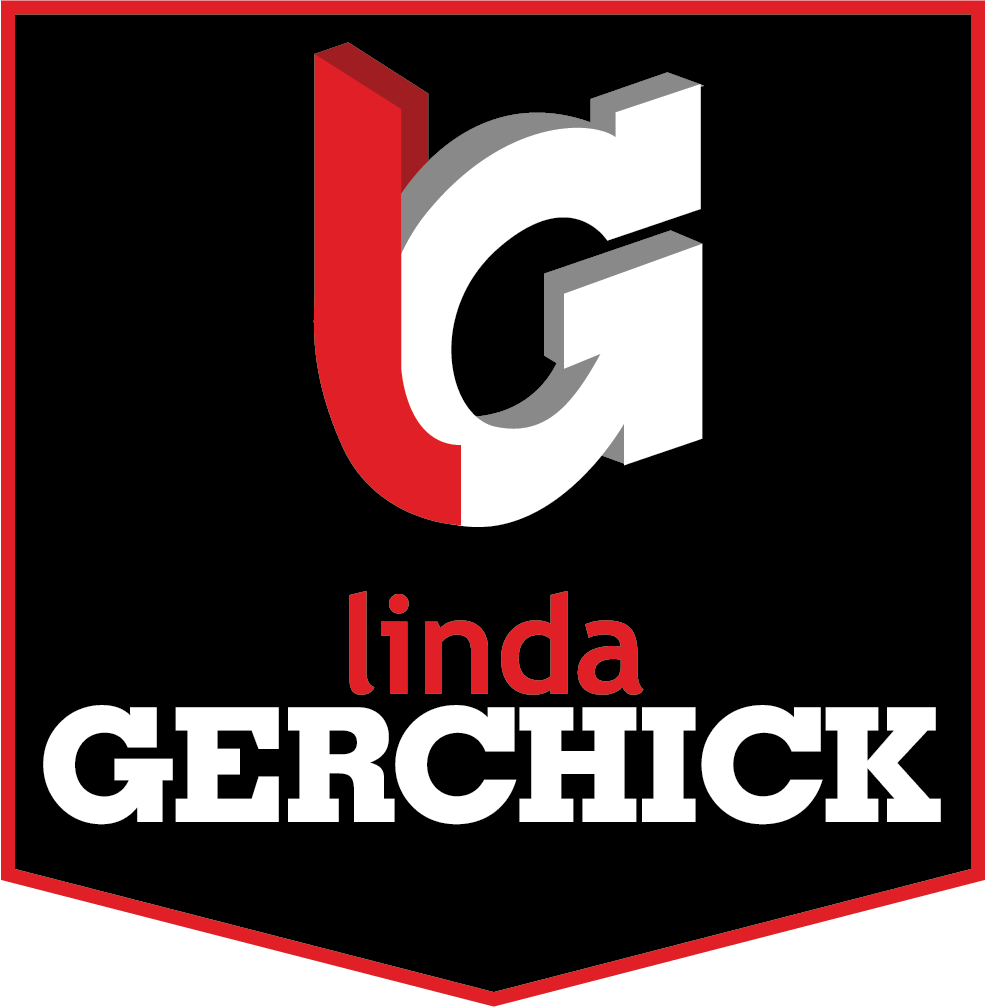Why Exchange?
A 1031 tax-deferred exchange, also known as a like-kind exchange, allows a property owner to defer paying capital gains taxes when they sell an investment property and use the proceeds to purchase another investment property of equal or greater value.
One of the primary reasons for a 1031 exchange is to defer paying taxes. By doing so, the property owner can reinvest the proceeds from the sale into a new investment property, allowing them to continue growing their real estate portfolio and potentially generating more income and wealth.
Another reason for a 1031 exchange is to enable property owners to diversify their investments. By exchanging into a different type of property, the owner can reduce their exposure to risk and potentially benefit from the appreciation of a different type of asset.
Overall, a 1031 exchange provides a powerful tax-saving tool for real estate investors, allowing them to defer taxes and continue building their real estate portfolio. However, it’s important to note that the process can be complex, and it’s crucial to work with qualified professionals to ensure compliance with IRS regulations.
How it all started: Starker vs. United States
The Starker vs. United States case, also known as Starker I, was a landmark legal case that played a crucial role in the development of the US tax code’s rules on 1031 exchanges.
In 1979, T.J. Starker and his family entered into a contract with the United States Forest Service (USFS) to exchange certain properties that they owned in Oregon for other properties that the USFS owned. The exchange was structured as a like-kind exchange under Section 1031 of the Internal Revenue Code, which allowed for the deferral of capital gains taxes on the properties that were exchanged.
However, the USFS was unable to transfer the replacement properties to the Starkers within the time limit required by the tax code. As a result, the Starkers had to acquire replacement properties from other sources and pay taxes on the capital gains from the sale of their original properties.
The Starkers filed a lawsuit against the USFS, arguing that they should not have to pay taxes because the USFS had failed to fulfill its obligations under the like-kind exchange. The case eventually made its way to the Ninth Circuit Court of Appeals, which ruled in favor of the Starkers and held that the tax code did not require that the replacement properties be received directly from the other party in the exchange.
The Starker vs. United States decision had a significant impact on the real estate industry by allowing for more flexible exchange arrangements and paving the way for the widespread use of 1031 exchanges. The case also led to subsequent legislative and regulatory changes that clarified the rules for like-kind exchanges and made them more accessible to a wider range of taxpayers.
The Basics of an Exchange
The election to do a 1031 Exchange is made by contacting (and entering into an agreement with) a Quali ed Intermediary (QI) to act as a third-party facilitator. This MUST be done prior to the transfer of the relinquished property. To have a fully tax-deferred exchange, the exchanger should:
- Purchase “like-kind” replacement property of equal or greater value than the relinquished property
- Reinvest all of the net equity (exchange funds) from the sale of the relinquished property in the purchase of
the replacement property
- Obtain equal or greater debt on the replacement property that was paid off, assumed or taken subject to
the relinquished property sale
Once the relinquished property is transferred, the law allows the taxpayer 180 calendar days (or until the ling of the tax return for the year of the sale of the relinquished property, whichever comes rst) to complete the acquisition of “like-kind” replacement property. All timelines begin at the time the relinquished property is transferred.
The Timelines and Identification Period
The next 45 calendar days of the Exchange are known as the Identification Period during which the taxpayer must identify in writing to the QI what property he or she would like to have eligible for the Exchange. Even though he or she need not have the property in escrow nor does the property even have to be listed for sale, it is suggested due to the strict timeframes that negotiations should already be taking place before the 45th day. Failure to identify property by the close of business on the 45th day could void and fail the Exchange!
Identifying Properties
There are three methods for identifying property, depending on what your goals are in the Exchange. The taxpayer may ultimately only select one of the three methods by the 45th day. Properties on these lists may change only up to the 45th day, and no changes may be made afterward.
The Three Methods
- The 3 Property Rule – Three properties of any value may be listed regardless of their value. One, two, or all three properties may be acquired.
- 200% Rule – Four or more properties may be listed; however, their cumulative FMV (fair market value) may not exceed 200% of the value of the relinquished property. One or more of the properties may be acquired.
- 95% Exception – Any number of properties of any value may be listed; however, 95% of the property MUST be purchased.
The Exchange Process
- Exchange either at the time Escrow is opened or preferably before contacting QI to discuss transaction and open the Exchange.
- Documents are sent out to investor for review and also to the Escrow company ( ve to seven days before COE).
- QI coordinates with Escrow to have investor sign Exchange documents and provides Escrow company with instructions for transfer of Exchange Proceeds.
- Once funds are received by the nancial institution a “receipt of funds” noti cation is sent to the investor along with ID documents and instructions.
- Investor locates suitable replacement property and submits ID letter.
- Investor opens Escrow for purchase of replacement property.
- Investor submits request for Earnest Money Deposit Funds.
- Investor submits Replacement Property Information Form with all needed information regarding the replacement property to the Escrow company.
- QI coordinates with Escrow on replacement property and obtains instructions to transfer Exchange funds to the closing of the property per the investor’s desires.
- Investor closes as normal on the property and obtains all usual documents customary in the purchase of real property.
- Investor supplies all settlement statements and required documents to his or her CPA or tax advisor for proper reporting to the IRS.




